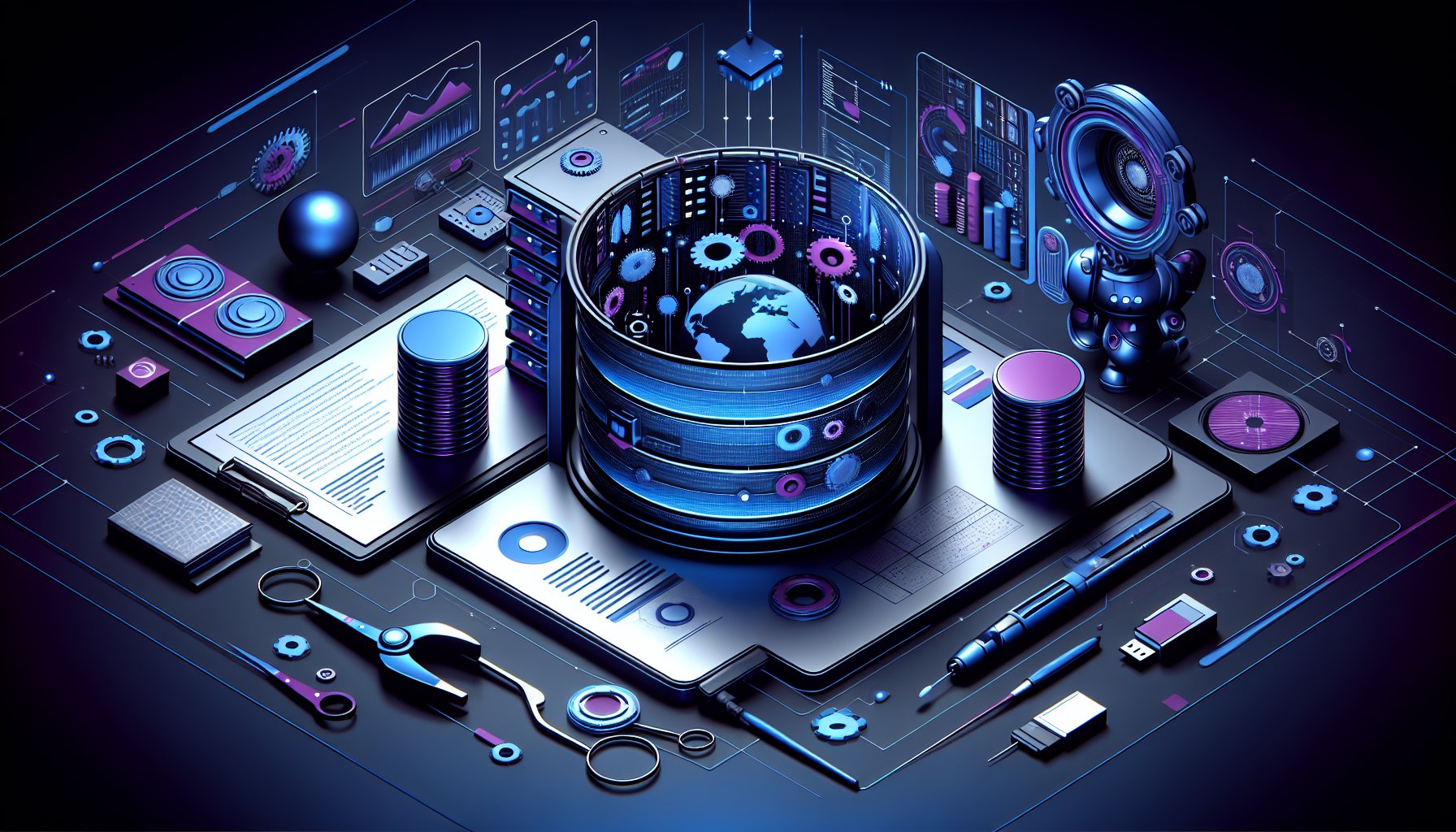Introduction
The world of database optimization is undergoing a radical transformation, with emerging technologies like machine learning, AI, and cloud computing making their mark. In this blog post, we'll dive deep into these cutting-edge solutions, exploring how they're reshaping the landscape of database optimization in 2025 and beyond.
Unleashing the Power of Machine Learning
Machine Learning (ML) is revolutionizing the way we optimize databases. With its ability to analyze and learn from vast amounts of data, ML can automate database tuning, reducing the workload on DBAs and improving system performance. For example, tools like Azure's Automated Tuning are leveraging ML to predict and prevent potential issues before they impact database operations.
AI: The Game Changer
AI is the new frontier in database optimization. AI-powered database management systems are capable of self-management and self-optimization, paving the way for autonomous databases. These systems use AI to make decisions about data distribution, query optimization, and much more. Oracle's Autonomous Database is one such example, offering automated patching, upgrades, and tuning.
Embrace the Power of Cloud
Cloud-based databases offer a flexible, scalable, and cost-effective solution for businesses. They come with built-in tools for performance tuning and optimization, making it easier for businesses to manage their databases. Amazon's DynamoDB and Google's Cloud Spanner are perfect examples of how cloud databases can be optimized for maximum performance.
NoSQL Databases: The Future of Database Optimization
NoSQL databases are emerging as a powerful tool for storing and managing data, especially when we talk about Big Data and real-time web applications. They offer scalability and flexibility, allowing businesses to handle large volumes of data with ease. NoSQL databases like MongoDB, Couchbase, and Apache Cassandra deliver high performance and are known for their ability to handle large-scale data distribution.
Database Sharding: A New Era of Scalability
Database sharding is the process of breaking down a large database into smaller, more manageable pieces called 'shards'. This enhances performance by distributing the load across multiple servers, and it's particularly effective for large-scale, distributed databases. CockroachDB, a cloud-native SQL database, uses sharding to ensure high performance and resilience.
Conclusion
Database optimization in 2025 and beyond is all about leveraging emerging technologies and innovative solutions. Machine Learning, AI, and cloud computing are not just shaping the future of database optimization; they're redefining it. By embracing these technologies, businesses can supercharge their data operations, driving efficiency and performance to unprecedented levels.
Key Takeaways
- Machine Learning and AI are revolutionizing database optimization through automation and autonomous databases.
- Cloud-based databases offer scalability, cost-effectiveness, and built-in optimization tools.
- NoSQL databases are the future of data management, offering high performance and scalability for Big Data.
- Database sharding is a powerful strategy for enhancing the performance of distributed databases.
The future of database optimization is here, and it's packed with exciting opportunities. Stay ahead of the curve by embracing these next-gen technologies and strategies.
